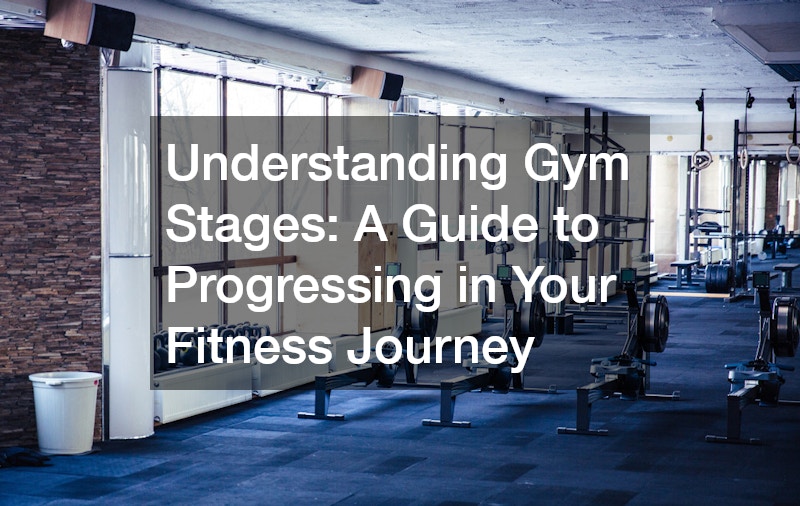In Australian real estate, transportable kit homes represent affordability. Like normal onsite build houses, these properties are not constructed in a factory. But they are faster to construct since they just have to be assembled.
However, you might be disappointed to learn how financing a kit home purchase is difficult to finance. It is not impossible to take out a loan successfully, but your chances will be slim if you make any of the mistakes below.
-
Opting Not to Use a Registered Builder
A kit home lends itself to DIY construction. Avoid the labour cost is what makes this property so affordable, but skipping professional service might doom your loan application.
Banks are generally conservative when dealing with kit home loan applications for a good reason. As such a property has to be built on-site, a financial institution has to take the risk of having just the land in case something goes wrong with the construction.
Unless you are a registered builder yourself, your prospective bank’s apprehension may only grow if you decide to oversee the assembling and erection of the property on site yourself.
-
Lacking Enough Personal Funds to Buy a Kit
Interested lenders generally want to provide funds for the land and the registered builder’s fee. In other words, you will likely have to buy the kit out of pocket.
If you do not have the cash, but do not want to wait until you build sufficient savings, look for a builder who is willing to buy the kit on your behalf and include the price to the construction cost.
-
Starting Loan Application When There Is Much Uncertainty
Kit home construction already comes with plenty of unknowns, so do not be part of the problem. Before you apply, make sure that everything, from the design to the budget, is final. Without getting the council’s nod on the plans, strongly getting a pre-approval instead of applying for a loan to avoid outright rejection.

-
Having No Other Assets to Be Used as Collateral
Land is not the most attractive security for a loan since it can be harder to sell than a house and lot. If land is all you have to ease the qualms of your prospective lender, make sure you have at least sizeable equity in it. Otherwise, you may need to throw more assets to sweeten the deal.
-
Going to the Wrong Lender
Financial institutions are not the same. Some like to offer traditional products while others are more open to catering to extraordinary situations.
Kit home construction is not an ordinary project, which is why many banks are “allergic” to it. If your financial institution is one of them, do not expect them to make you an exception and go outside their tried-and-tested lending guidelines just to approve your loan application. Your bank will likely reject your request if they are not used to issue loans involving kit homes.
Find a more suitable lender. Unconventional lenders may give your application more consideration, so research which ones might be willing to work with you.
Conclusion
In a perfect world, kit homes are painless to finance. But it is not the one we live in. Nevertheless, learn from the mistakes of others and make the right decisions right from the start. This way, you can boost your chances of your getting approved and be a proud kit homeowner with less difficulty.





